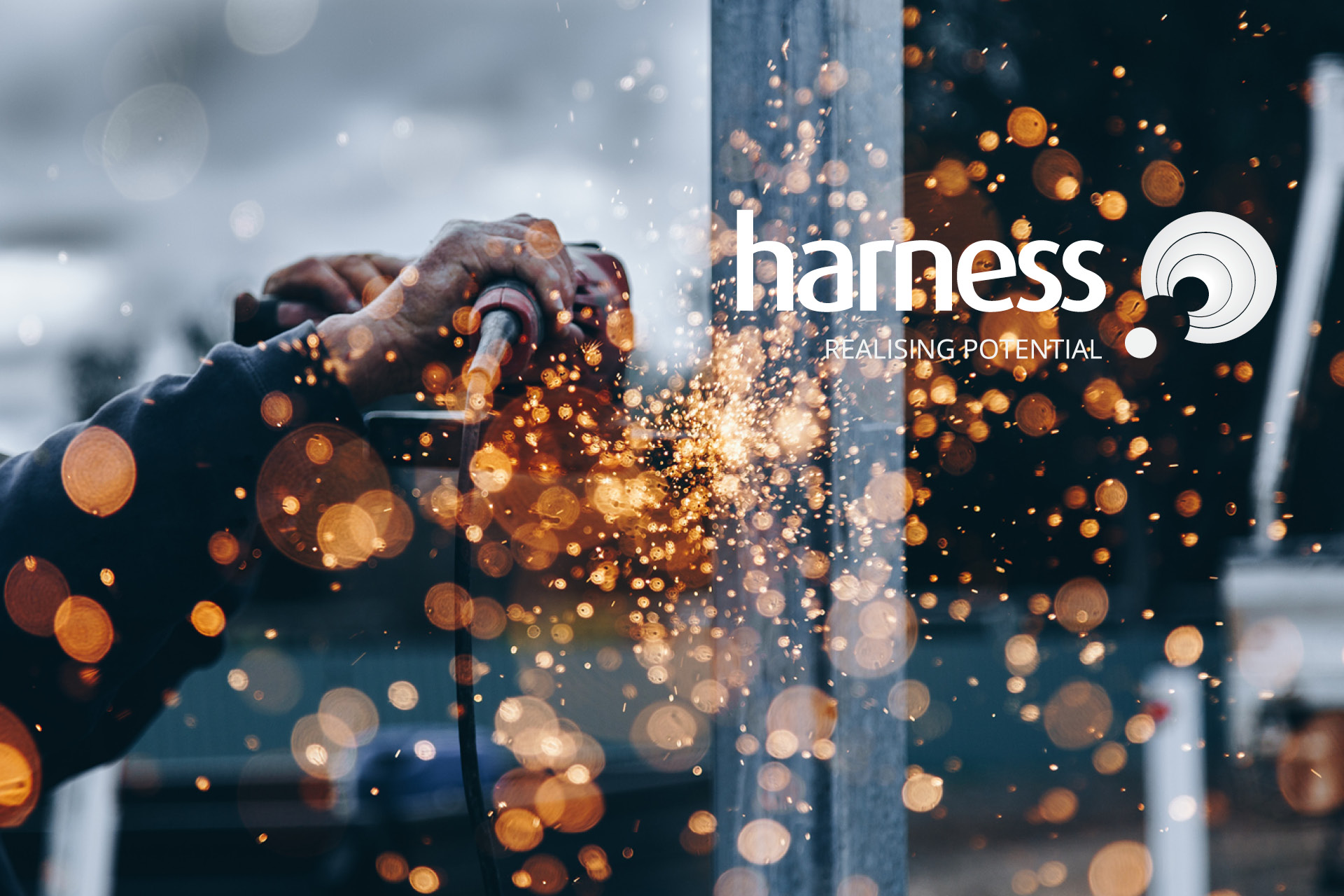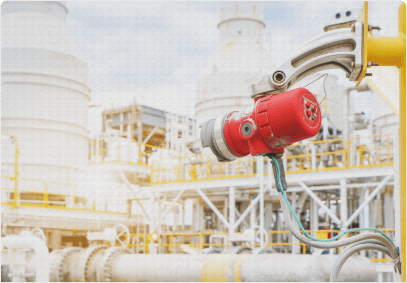The Best Strategy To Use For Roar Solutions
The Best Strategy To Use For Roar Solutions
Blog Article
What Does Roar Solutions Mean?
Table of ContentsThe 7-Second Trick For Roar SolutionsSome Of Roar SolutionsSome Known Details About Roar Solutions
In order to secure installments from a possible explosion a technique of analysing and identifying a possibly harmful location is required. The function of this is to guarantee the correct choice and installation of tools to eventually avoid an explosion and to make certain safety and security of life.
(https://www.magcloud.com/user/roarsolutions)
No devices must be mounted where the surface area temperature level of the tools is higher than the ignition temperature level of the given danger. Below are some usual dust harmful and their minimum ignition temperature level. Coal Dirt 380C 225C Polythene 420C (thaws) Methyl Cellulose 420C 320C Starch 460C 435C Flour 490C 340C Sugar 490C 460C Grain Dirt 510C 300C Phenolic Material 530C > 450C Aluminium 590C > 450C PVC 700C > 450C Soot 810C 570C The probability of the threat existing in a concentration high sufficient to create an ignition will certainly differ from place to place.
In order to categorize this danger an installment is split right into locations of risk depending upon the amount of time the harmful exists. These areas are described as Areas. For gases and vapours and dirts and fibers there are 3 areas. Area 0 Zone 20 An unsafe atmosphere is very most likely to be present and may be present for extended periods of time (> 1000 hours each year) or also continuously Area 1 Zone 21 A harmful atmosphere is possible but not likely to be existing for extended periods of time (> 10 450 C [842 F] A category of T6 implies the minimal ignition temperature level is > 85 C [185 F] Dangerous area electrical equipment maybe developed for use in higher ambient temperature levels. This would showed on the ranking plate e.g. EExe II C T3 Ta + 60C( This suggests at 60C ambient T3 will not be gone beyond) T1 T1, T2, T3, T4, T5, T6 T2 T2, T3, T4, T5, T6 T3 T3, T4, T5, T6 T4 T4, T5, T6 T5 T5, T6 T6 T6 A T Course score of T1 means the optimum surface area temperature created by the instrument at 40 C is 450 C. Presuming the connected T Class and Temperature ranking for the devices are suitable for the location, you can always make use of an instrument with a more rigid Department rating than required for the area. There isn't a clear solution to this question however. It truly does depend upon the kind of tools and what fixings need to be executed. Equipment with specific examination treatments that can't be done in the field in order to achieve/maintain 3rd celebration score. Have to come back to the factory if it is prior to the devices's service. Area Fixing By Authorised Personnel: Difficult testing might not be called for however particular treatments may require to be followed in order for the devices to preserve its 3rd party rating. Authorized employees need to be used to perform the work properly Repair work should be a like for like substitute. New component must be considered as a direct substitute needing no unique testing of the tools after the fixing is full. Each tool with an unsafe score ought to be assessed separately. These are outlined at a high degree listed below, however, for even more thorough details, please refer directly to the standards.
Indicators on Roar Solutions You Need To Know
The devices register is a comprehensive data source of equipment records that consists of a minimum set of fields to recognize each product's location, technological criteria, Ex lover category, age, and environmental information. The ratio click to investigate of In-depth to Close inspections will certainly be identified by the Tools Threat, which is evaluated based on ignition risk (the probability of a source of ignition versus the likelihood of a combustible environment )and the harmful location classification
( Zone 0Area 1, or 2). Carrying out a durable Risk-Based Examination( RBI )approach is essential for guaranteeing compliance and safety and security in taking care of Electric Tools in Hazardous Areas( EEHA).
9 Simple Techniques For Roar Solutions

In terms of explosive risk, a hazardous location is a setting in which an eruptive atmosphere is present (or may be expected to be existing) in quantities that call for special preventative measures for the building and construction, installation and use equipment. Roar Solutions. In this article we explore the challenges dealt with in the office, the risk control steps, and the called for proficiencies to function securely
It is an effect of contemporary life that we produce, keep or deal with a variety of gases or liquids that are considered flammable, and a variety of dusts that are considered flammable. These substances can, in specific problems, form eruptive ambiences and these can have major and heartbreaking consequences. The majority of us know with the fire triangle eliminate any kind of one of the three aspects and the fire can not happen, yet what does this mean in the context of dangerous areas? When breaking this down into its easiest terms it is basically: a mix of a certain quantity of launch or leakage of a particular substance or material, mixing with ambient oxygen, and the visibility of a source of ignition.
In a lot of circumstances, we can do little regarding the levels of oxygen in the air, yet we can have considerable influence on resources of ignition, for instance electric tools. Unsafe locations are documented on the harmful location classification illustration and are determined on-site by the triangular "EX LOVER" indicator. Here, among other essential details, zones are split right into 3 types relying on the danger, the possibility and period that an eruptive environment will certainly exist; Zone 0 or 20 is considered the most dangerous and Zone 2 or 22 is deemed the least.
Report this page